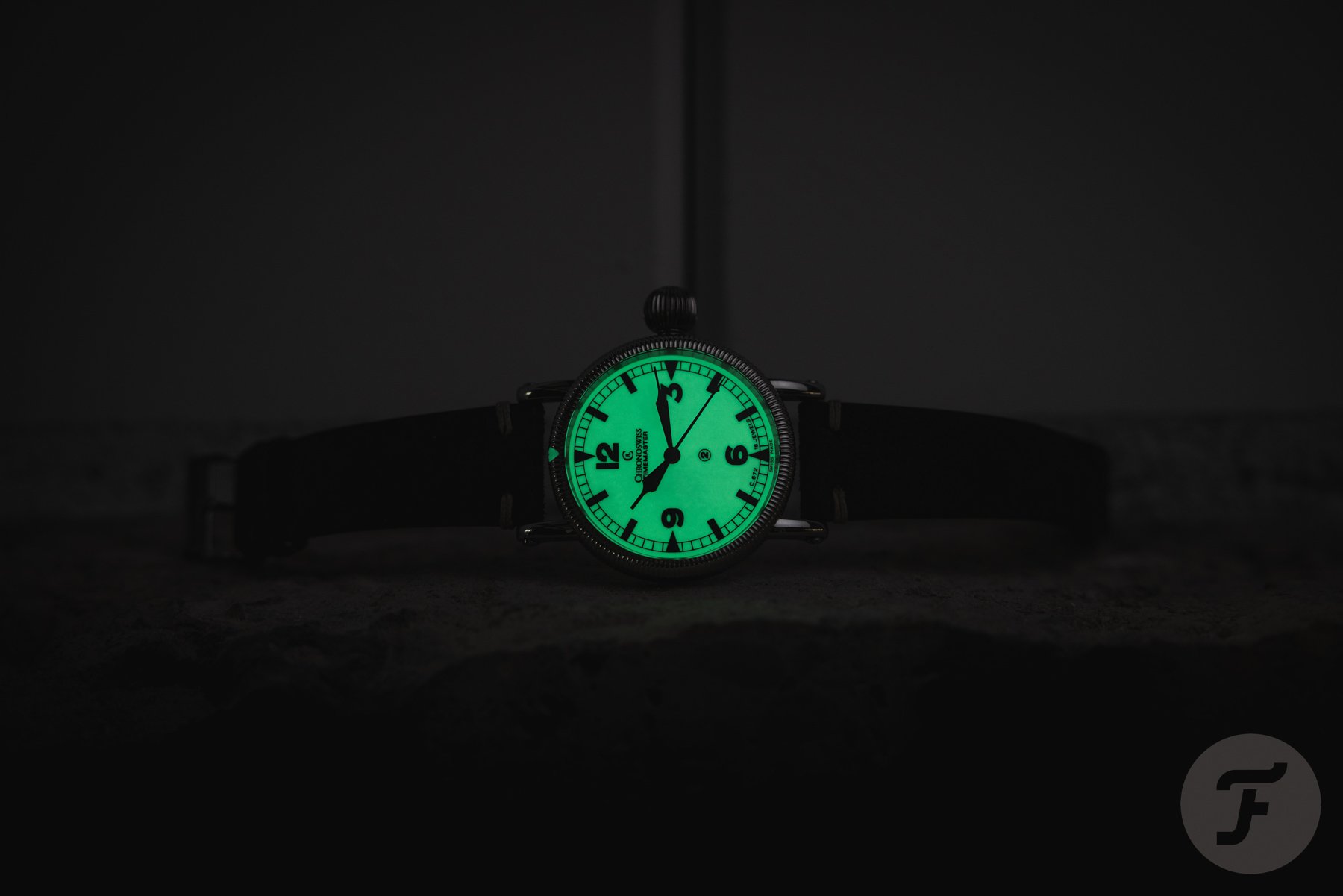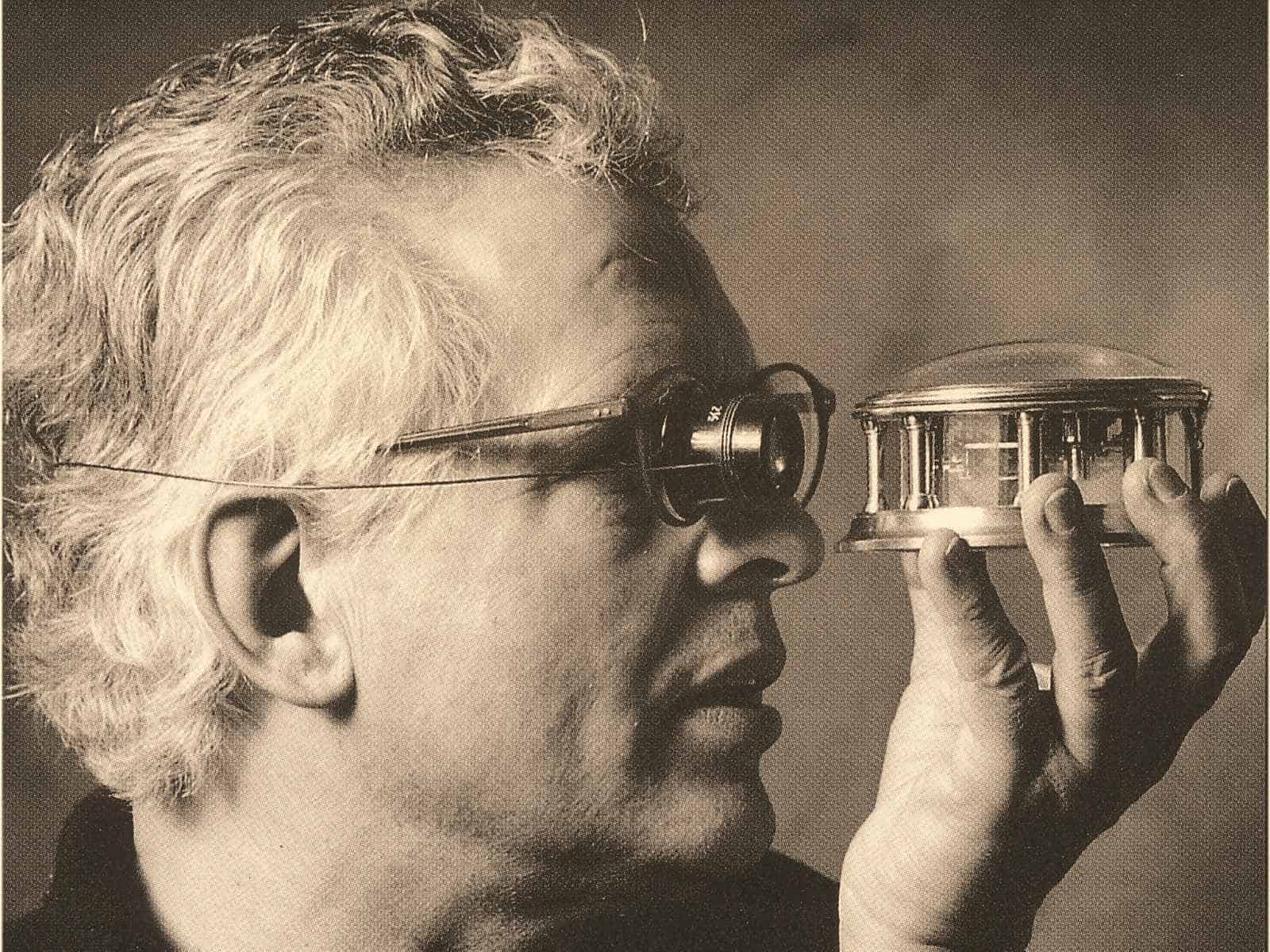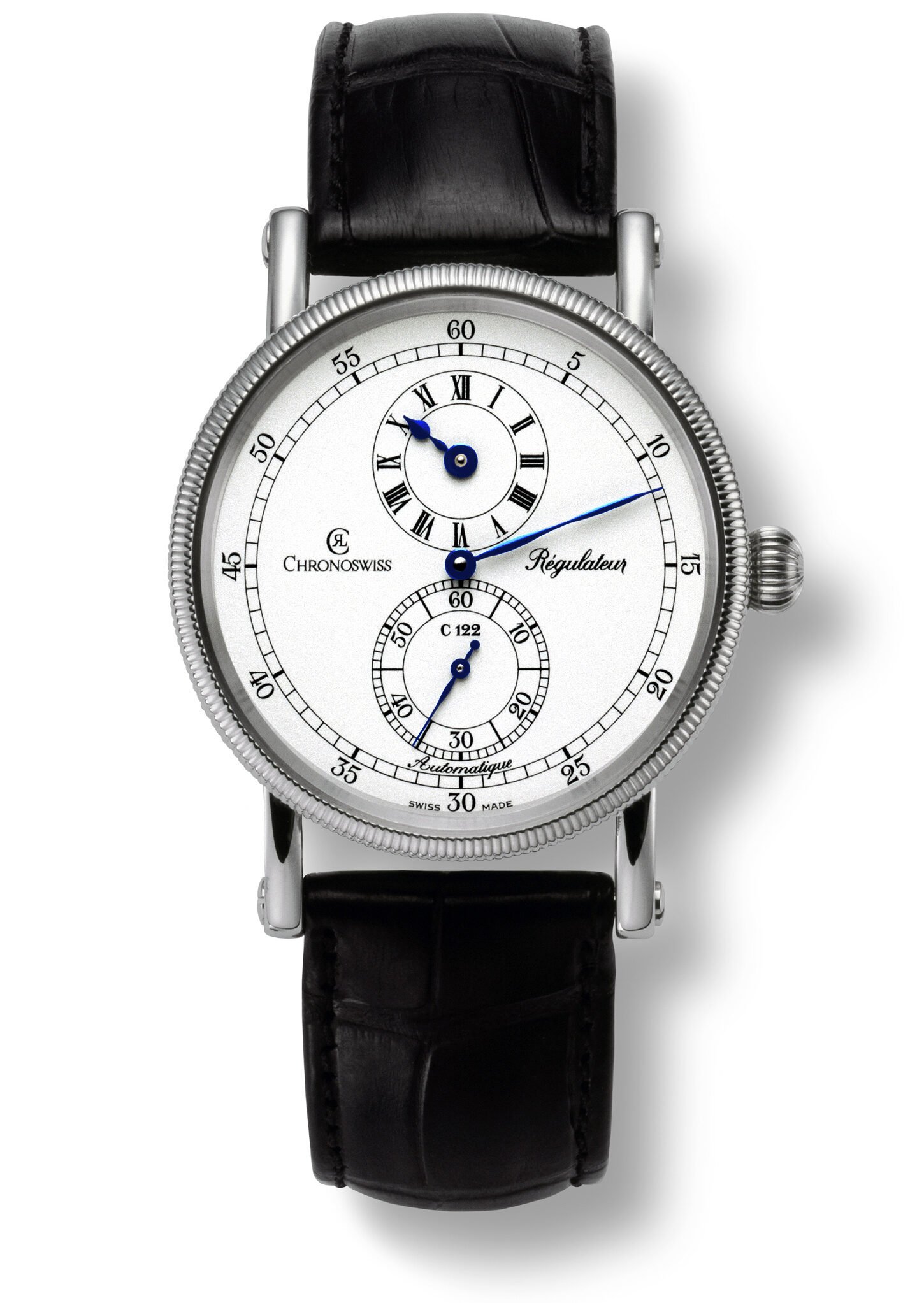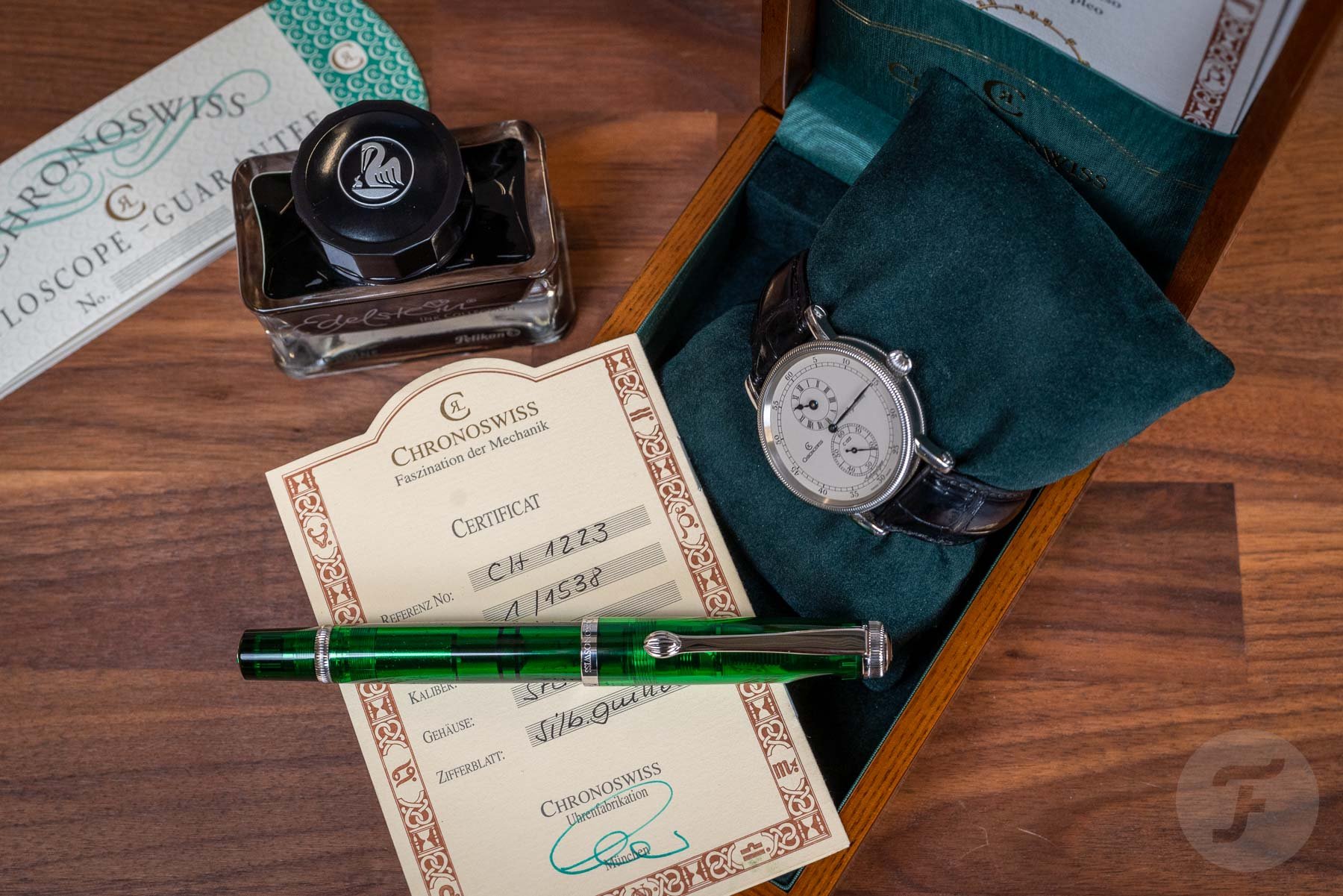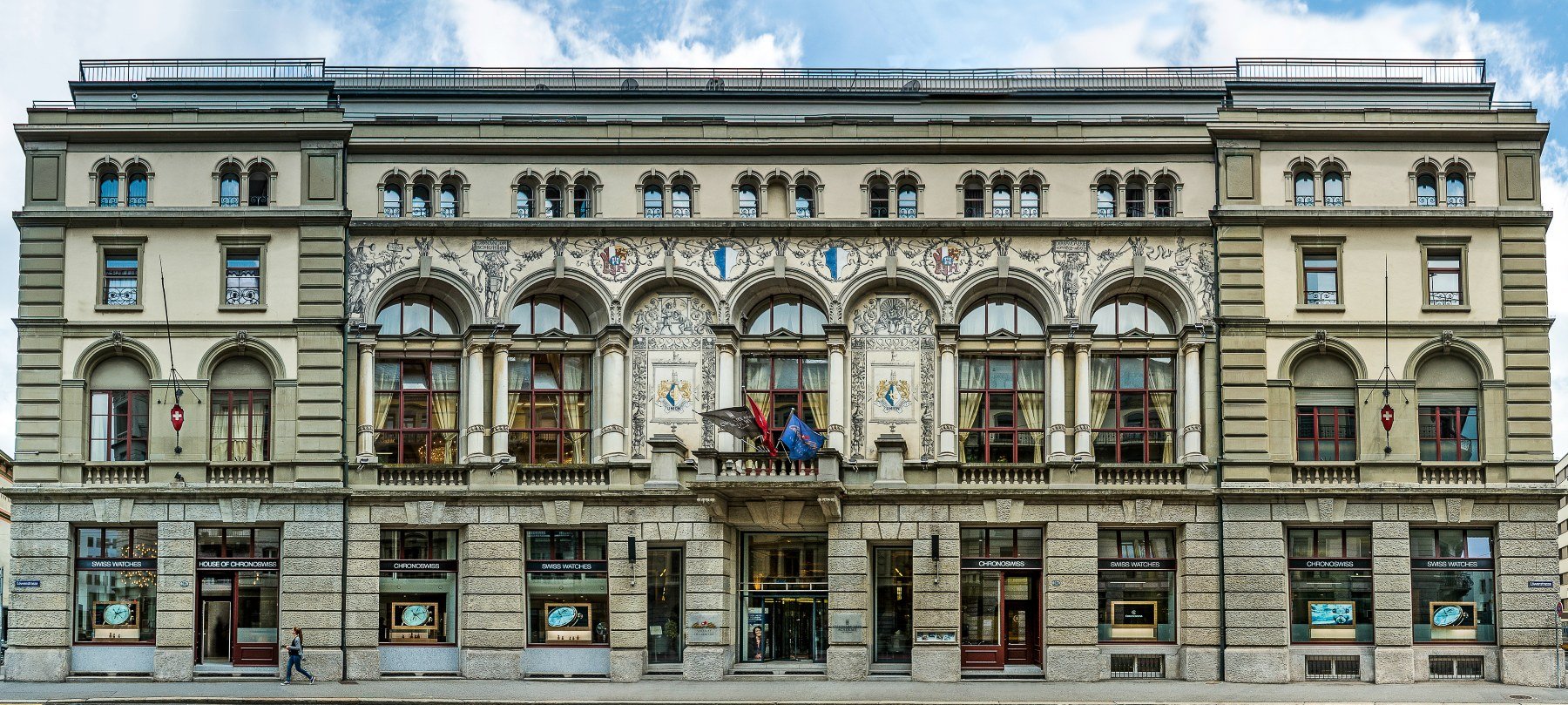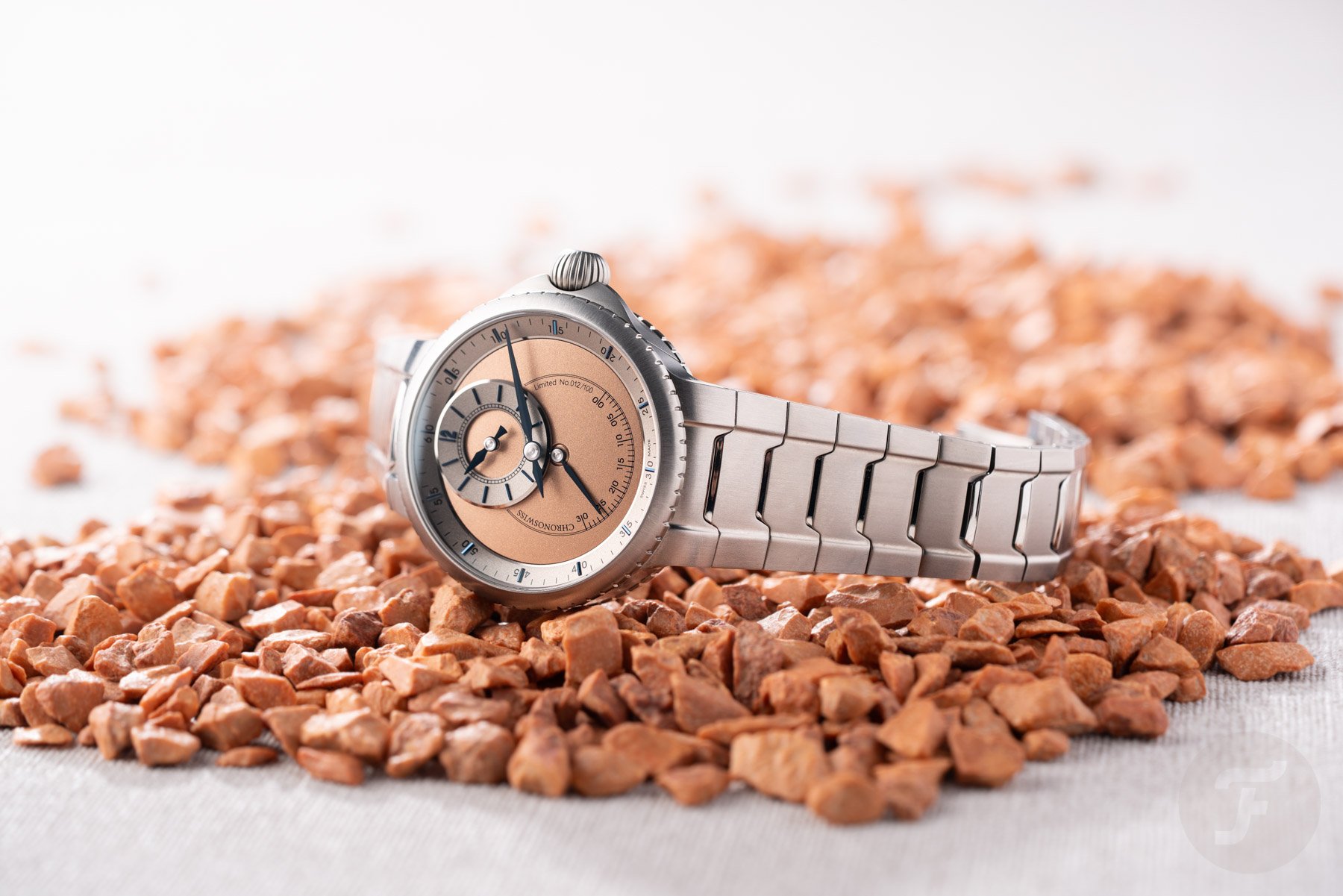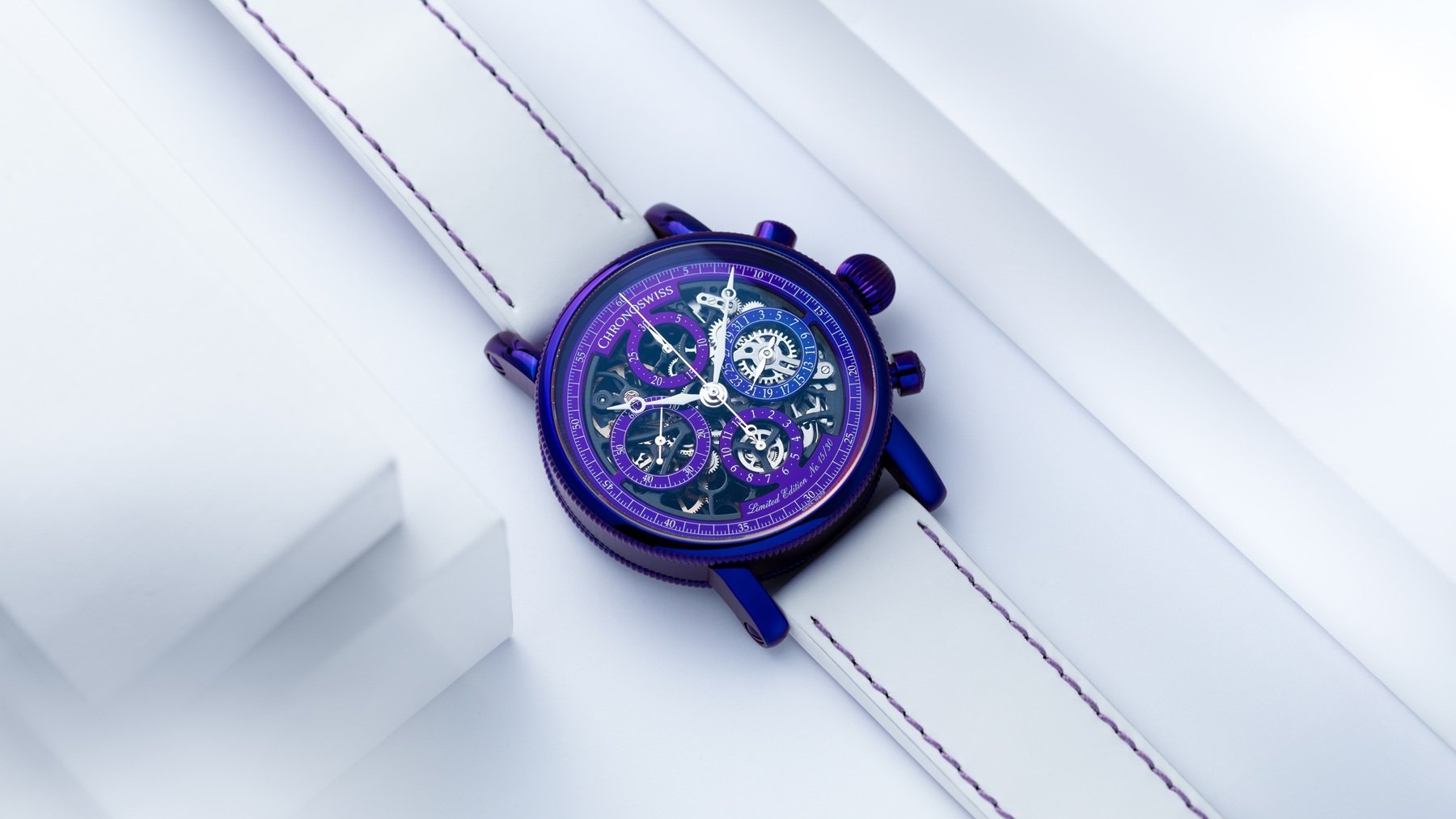This Is Chronoswiss: The Independent Brand That Defied The Quartz Crisis
It’s not exactly a secret that I love my Chronoswiss Timemaster. It’s a love that won’t die. When you own a watch for over 25 years and still feel a spark when you strap it on, you know this is the real deal. It also means I closely follow what the brand is up to. It struck me that my fellow watch “journos,” many of whom own a Chronoswiss, know about the brand founded by Gerd-Rüdiger Lang, but it is not so well known among Fratello’s readers. Thankfully, learning about a brand’s history can encourage understanding and appreciation of its watches. That’s why we’d like to present you with a compact history of an independent brand that once defied the Quartz Crisis. This is Chronoswiss.
Before interviewing Gerd-Rüdiger Lang (1943–2023) in the early 2000s, I was warned that the founder of Chronoswiss could be moody at times. That put a bit of stress on me since I hadn’t been writing about watches for very long. However, I was already bitten by the “watch bug.” That bug had also made me buy my 44mm Chronoswiss Timemaster with a full-lume dial, and having that watch on my wrist that day must have helped create a good mood.
This is Chronoswiss: From garage to manufacture
I can’t recall the interview in detail, but I remember the then-new headquarters in Munich. The site signaled ambition and passion for mechanical watchmaking. Herr Lang had come a long way after working at Heuer for 28 years and starting a brand of his own in 1983 in his garage. Mechanical watchmaking was still in a spot of bother back then, but that didn’t stop him. In 1987, he created the breakthrough Régulateur, and in 1995, he released the Opus, the first skeletonized automatic chronograph to feature a sub-dial date indicator.
Back to 1983. At the height of the Quartz Crisis, Heuer shut its Munich office, leaving watchmaker Gerd-Rüdiger Lang without a job. Rumor has it that his final payment from his employer came not in cash but in mechanical movements. Working out of his garage, Lang laid the foundation of Chronoswiss from those calibers. Right from the start, the mission was bold — to revive mechanical watchmaking at a moment when the world seemed to have moved on.
Lang had experience restoring complex movements and possessed a special fondness for chronographs. The first Chronoswiss mechanical chronographs were made by hand and featured moonphase displays and transparent case backs, which showed their mechanical authenticity.
The big breakthrough
In 1987, Lang launched the Régulateur, the world’s first serially produced wristwatch with a regulator-type display — a design once reserved for master clocks. The layout’s distinct separation of hours, minutes, and seconds became a cornerstone of the brand’s identity.
During these formative years, Lang also shaped the Chronoswiss DNA — the onion crown, straight lugs, knurled bezel, and regulator dial. In the years that followed, the Kairos Chronograph (1991) adapted the regulator concept to chronographs, while the Cabrio (1993) introduced an innovative reversible case. The Delphis (1996) brought together jumping hours and retrograde minutes, and the Opus (1995) became the world’s first serially produced skeletonized automatic chronograph.
During the early 2000s, Chronoswiss ventured into more complicated territory by presenting tourbillons, quarter repeaters, and open-worked movements. The 2005 Digiteur also deserves a mention for its daring design. Another interesting project was the collaboration with Dutch sports car manufacturer Spyker. The partnership lasted from 2003 to 2010, and it led to the creation of exclusive timepieces, like the Chronoswiss-Spyker Double12 Pilot Watch and a special-edition 24H Pilot Watch that accompanied the Spyker C8 Laviolette LM85 model. An optional package featuring Chronoswiss dials and switches was available for models like the Spyker C8 Spyder, C8 Laviolette, and C8 Aileron.
The next chapter
In 2012, the Lang family sold Chronoswiss to Oliver and Eva Ebstein, Swiss entrepreneurs and watch enthusiasts determined to carry the spirit of independent watchmaking into a new era while keeping it a family business. As a result, the brand left Munich, Germany, for Lucerne, Switzerland. You would think the name finally made sense, but there’s a reason the founder didn’t name his brand Lang: he thought the name was too similar to a particular brand from Glashütte. The alternative name also made sense since Lang used Swiss movements and not German ones.
Oliver and Eva Ebstein established the Ateliers des Arts Lucerne House of Chronoswiss in 2014, where visitors can see master artisans perform hand-guilloché, enameling, skeletonization, and hand-finishing. Since Chronoswiss arrived in Lucerne, a significant focus has been on combining traditional, artisanal craftsmanship with modern materials and architectural design. Also at the center of attention was the introduction of in-house modules, in-house movements, and bespoke complications. These are clear signs of self-reliance and refinement.
Chronoswiss today
Today, Chronoswiss is an independent Swiss luxury watchmaker with an annual production of approximately 1,500 watches. Each one is crafted and finished by hand to the highest standards. From a technical and aesthetic perspective, timepieces like the Delphis, Strike Two, Quarter Repeater, and Pulse One carry the unmistakable Chronoswiss DNA.
The Opus Chronograph Purple Rain and the latest Dakar version both celebrate the 30th anniversary of this groundbreaking watch in contemporary fashion and are living proof of constant evolution. This is Chronoswiss in 2025.
This is a partnership post. Read about our transparency here.

